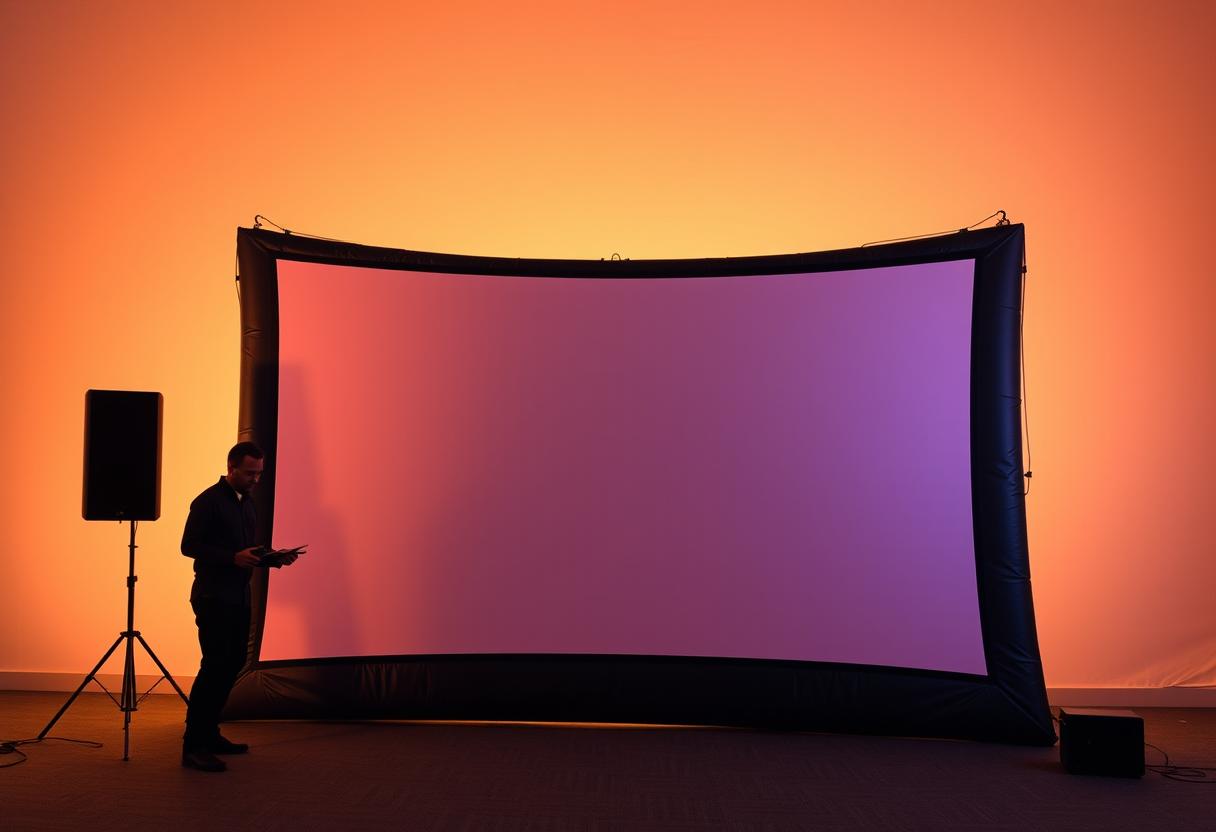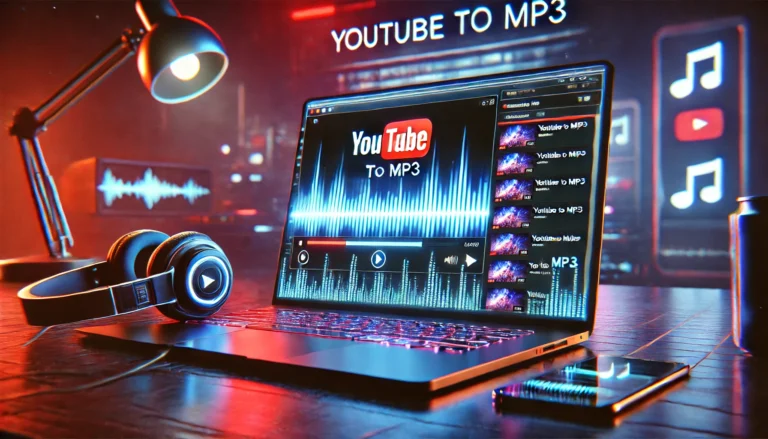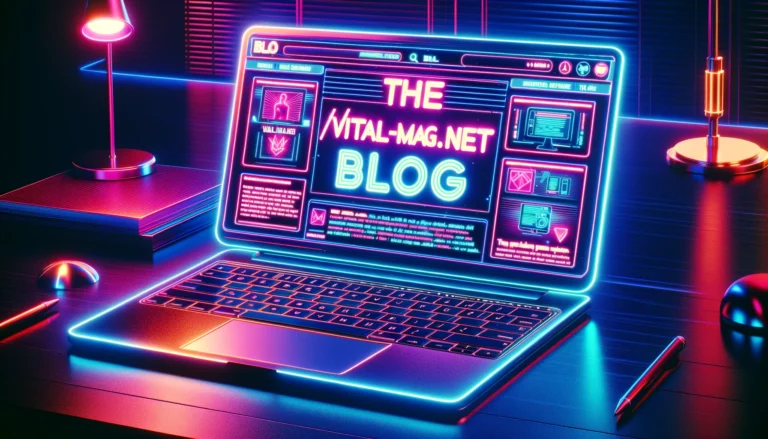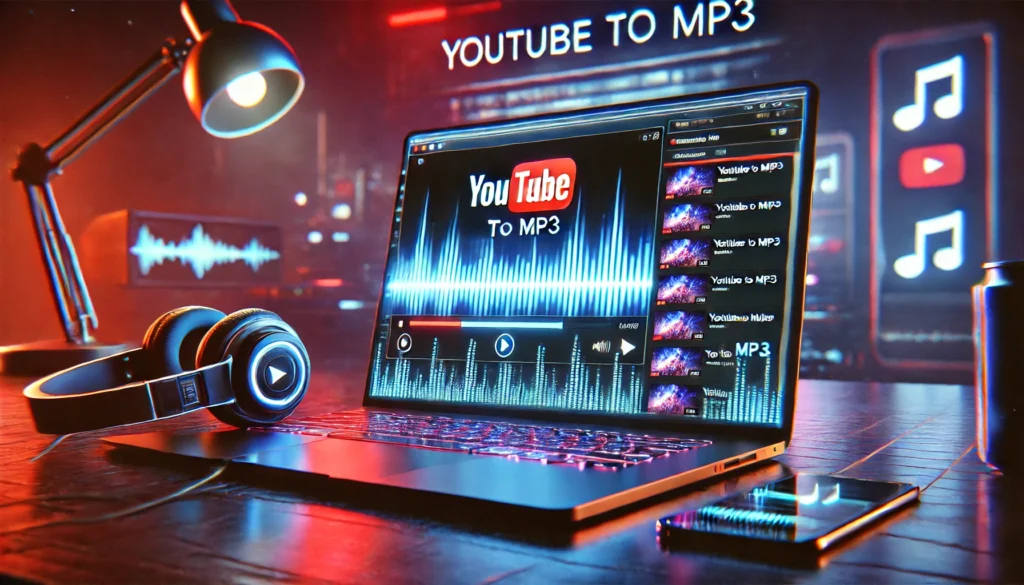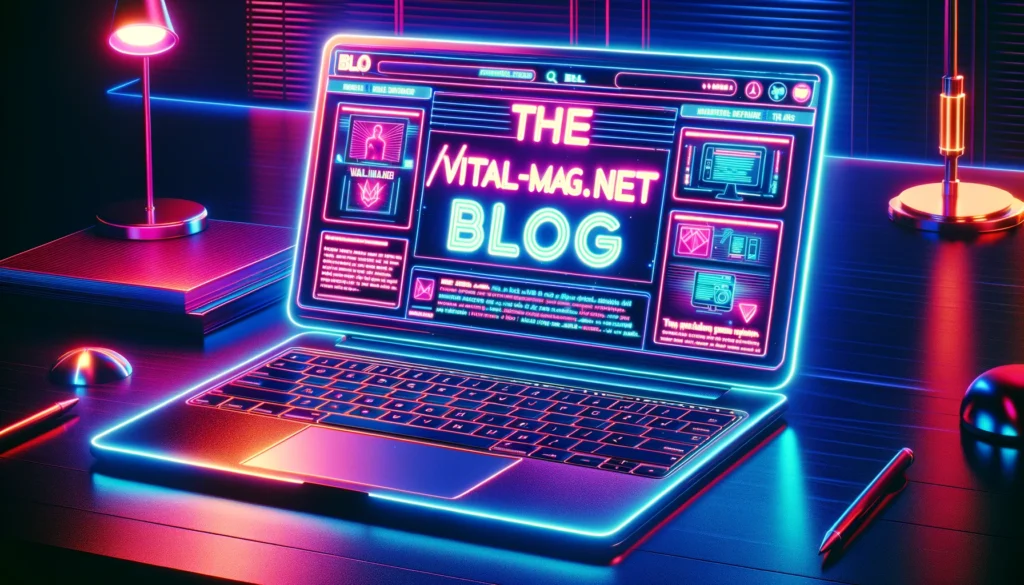In the era of mobile technology, portable projector screens have become indispensable tools for business professionals, educators, and entertainment enthusiasts alike. Whether you need to deliver a presentation on the go, set up an outdoor movie night, or create a flexible home theater setup, choosing the right projector screen is crucial. All the information required to make a well-informed decision will be covered in detail in this guide.
1. Understanding the Types of Portable Projector Screen
Before diving into the features and specifications, it’s essential to understand the different types of best portable projectors available on the market:
Tripod Screens
Tripod screens are mounted on a tripod stand, making them easy to set up and take down. These screens are highly portable and suitable for both indoor and outdoor use. However, they may not be as stable in windy conditions, and the screen size options are often limited. Despite these drawbacks, tripod screens are a popular choice due to their convenience and ease of use.
Pull-Up Screens
Pull-up portable screen for projector pull up from a base and lock into place with a support rod. These screens are compact, easy to transport, and quick to set up. However, they are typically available in smaller screen sizes and may require a flat surface for stability. Pull-up screens are ideal for small to medium-sized presentations and are particularly useful for those who need a quick and easy setup.
Folding Frame Screens
Folding frame screens are mounted on a frame that can be assembled and disassembled. They offer large screen sizes and excellent stability, making them suitable for both indoor and outdoor use. However, they take longer to set up and are bulkier to transport.
Despite these challenges, folding frame screens are favored for large events and professional presentations due to their durability and high-quality display.
Inflatable Screens
Inflatable screens are inflated using an air pump and can be set up in minutes. They offer very large screen sizes, perfect for outdoor use, and quick setup. However, they require a power source for inflation, can be noisy due to the blower, and are less stable in windy conditions. Inflatable screens are ideal for outdoor movie nights and large gatherings, providing a cinema-like experience in your backyard.
2. Key Features of Portable Projector Screens to Consider
When choosing an affordable projector screen, several key features should be considered to ensure you get the best viewing experience.
Screen Size
- Aspect Ratio: Common aspect ratios include 4:3 (standard), 65.75 (width), and 47.68 (length). Choose the aspect ratio based on your projector and the content you will be displaying.
- Diagonal Measurement: Screen sizes are typically measured diagonally. Consider your audience size and viewing distance to determine the appropriate screen size.
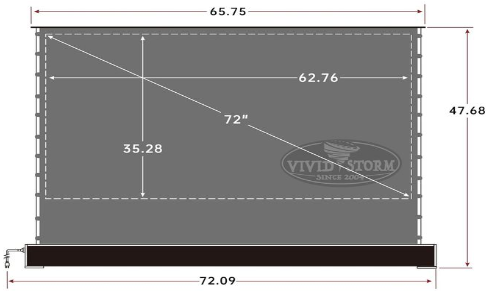
Gain
- Definition: Gain refers to the screen’s reflectivity. A higher gain means a brighter image, which can be useful in environments with ambient light.
- Considerations: Screens with a gain of 1.0 are considered standard. Higher gain screens are best for brighter environments, while lower gain screens are better for darker settings.
Viewing Angle
- Importance: A wider viewing angle ensures that the image quality remains consistent for viewers seated at different angles.
- Recommendation: Look for screens with a viewing angle of at least 160 degrees for optimal versatility.
Material
- Matte White: Provides a natural image with good color reproduction and is suitable for most environments.
- Gray: Enhances contrast and black levels, ideal for rooms with some ambient light.
- Glass Beaded: Offers higher gain but has a narrower viewing angle.
Portability
- Weight: Lighter screens are easier to transport, but ensure they are still durable.
- Setup Time: Consider how long it takes to set up and take down the screen. Quick setup options are ideal for frequent use.
Durability
- Frame Material: Look for screens with sturdy frames made from aluminum or steel.
- Screen Material: Ensure the screen material is resistant to wrinkles, tears, and mildew.
3. Top Portable Screens for Projectors in 2024
Here are some of the best portable projector screens available in 2024, based on user reviews and expert recommendations:
Elite Screens Yard Master 2
- Type: Folding Frame
- Pros: Large screen size options, durable aluminum frame, outdoor and indoor use.
- Cons: Takes time to set up, bulky to transport.
Vamvo Outdoor/Indoor Projector Screen
- Type: Tripod
- Pros: Quick setup, lightweight, budget-friendly.
- Cons: Limited screen size, less stable in windy conditions.
Epson Duet 80-inch Dual Aspect Ratio Projector Screen
- Type: Pull-Up
- Pros: Dual aspect ratio, compact, easy to transport.
- Cons: Smaller screen size, requires a flat surface for stability.
Gemmy Airblown Inflatable Movie Screen
- Type: Inflatable
- Pros: Large screen size, perfect for outdoor use, quick setup.
- Cons: Requires power for inflation, noisy blower.
Silver Ticket Products STR Series
- Type: Fixed Frame (considered portable for some applications)
- Pros: High-quality screen material, excellent image quality, sturdy frame.
- Cons: More challenging to transport, longer setup time.
4. Tips for Maintaining Your Portable Projector Screens
To ensure you get the most out of your portable projector screens, follow these setup and maintenance tips:
Setup Tips
- Location: Choose a location with minimal ambient light for the best image quality.
- Height: Position the screen at a height where the center of the screen is at eye level for seated viewers.
- Stability: Use sandbags or weights to secure the screen in windy conditions, especially for tripod and inflatable screens.
Maintenance Tips
- Cleaning: Clean the screen material with a soft cloth and mild soap solution. Avoid harsh chemicals.
- Storage: Store the screen in a dry, cool place to prevent mildew and damage.
- Handling: Handle the screen material carefully to avoid wrinkles and tears.
5. Conclusion
Choosing the best portable projector involves considering various factors, including screen type, size, gain, material, and portability. By understanding these features and evaluating your specific needs, you can select a screen that provides an exceptional viewing experience, whether for business presentations, educational purposes, or home entertainment.
Investing in a high-quality portable projector screen will enhance your viewing experience and ensure you can enjoy crisp, clear images wherever you go. Happy viewing!

